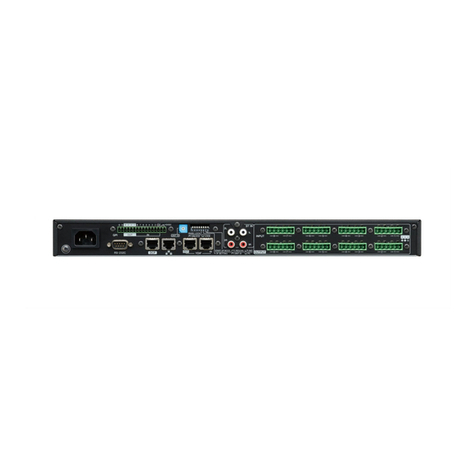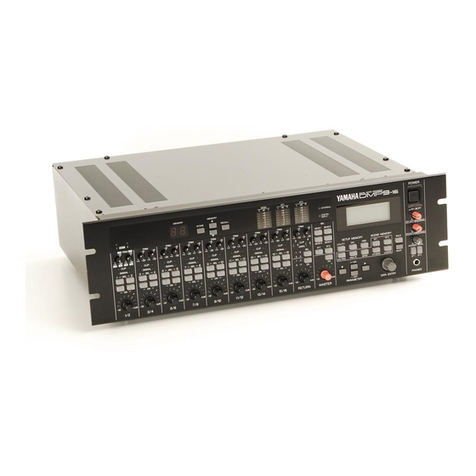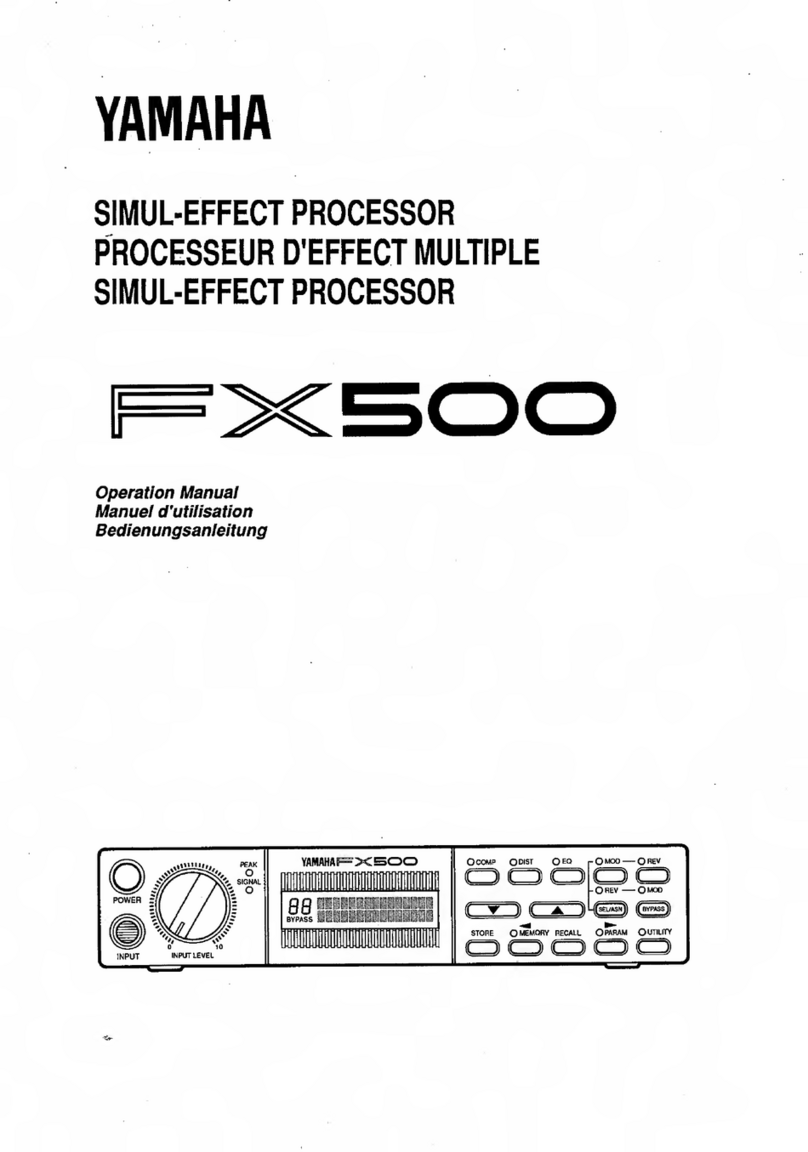Yamaha DSP-1 User manual
Other Yamaha Computer Hardware manuals

Yamaha
Yamaha mLAN8E User manual
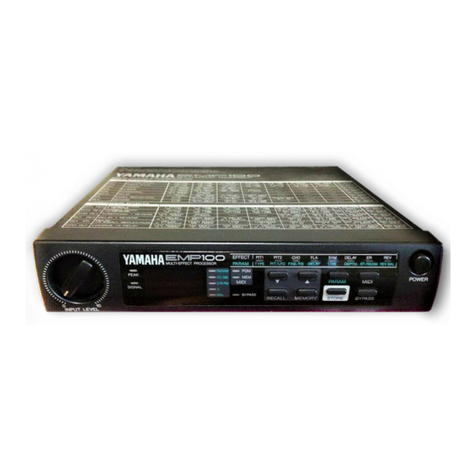
Yamaha
Yamaha EMP100 User manual
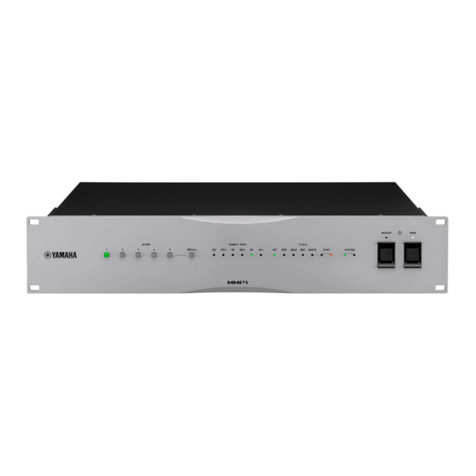
Yamaha
Yamaha MMP1 User manual
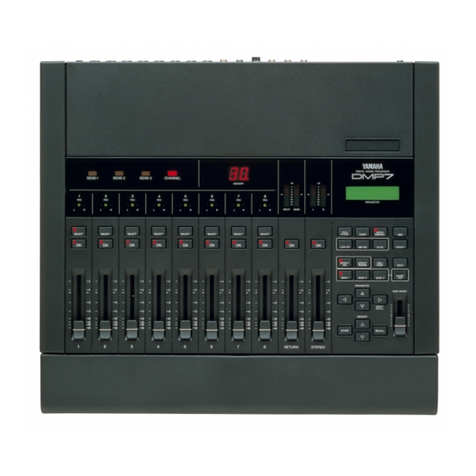
Yamaha
Yamaha DMP7 User manual
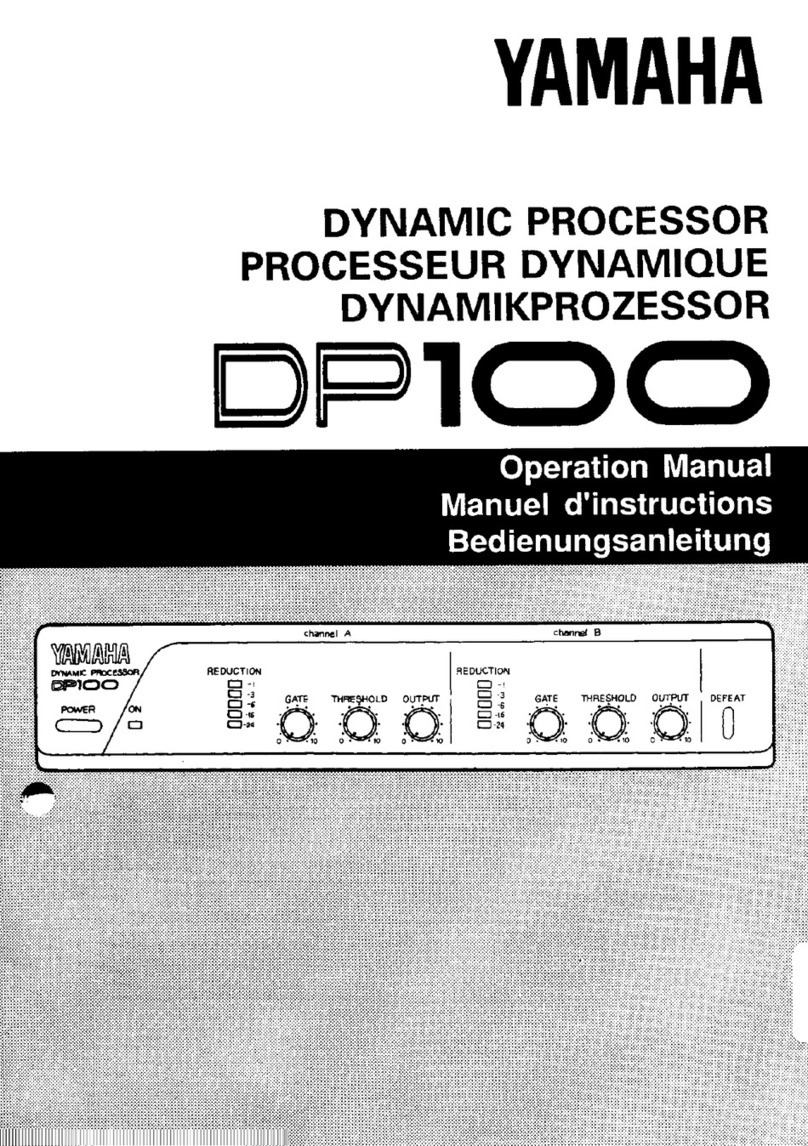
Yamaha
Yamaha DP100 User manual
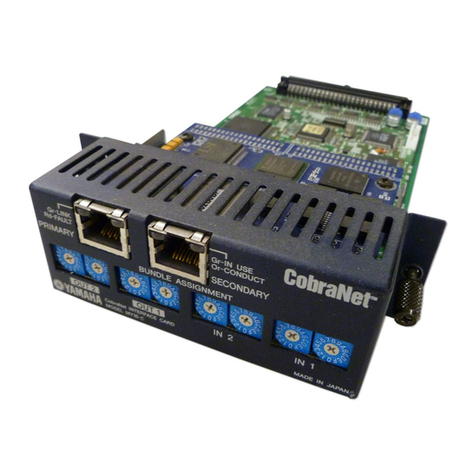
Yamaha
Yamaha CobraNet MY16-C User manual
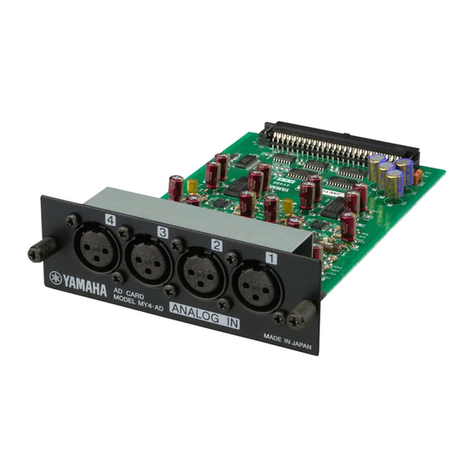
Yamaha
Yamaha MY4-AD User manual
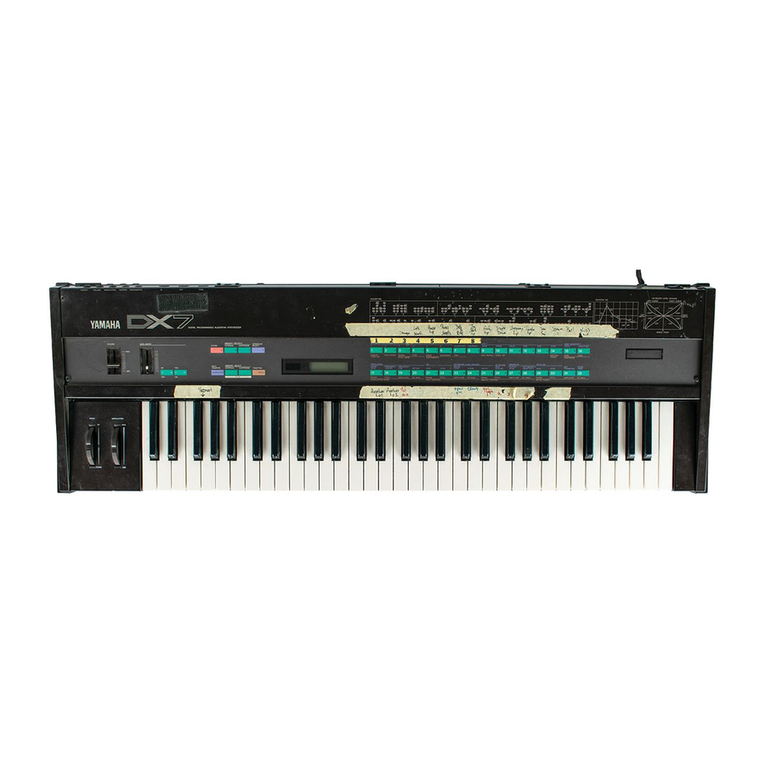
Yamaha
Yamaha DX7 DX-MAX(3)+ User manual

Yamaha
Yamaha DP100 User manual
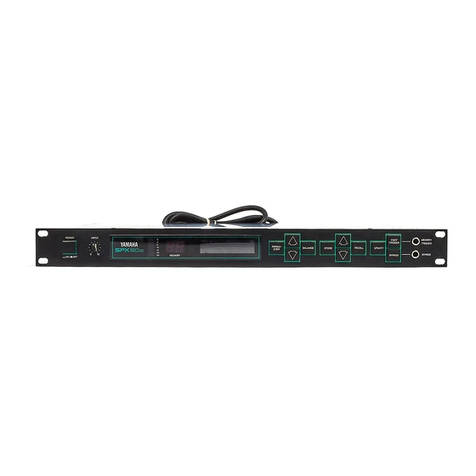
Yamaha
Yamaha SPX90 II User manual
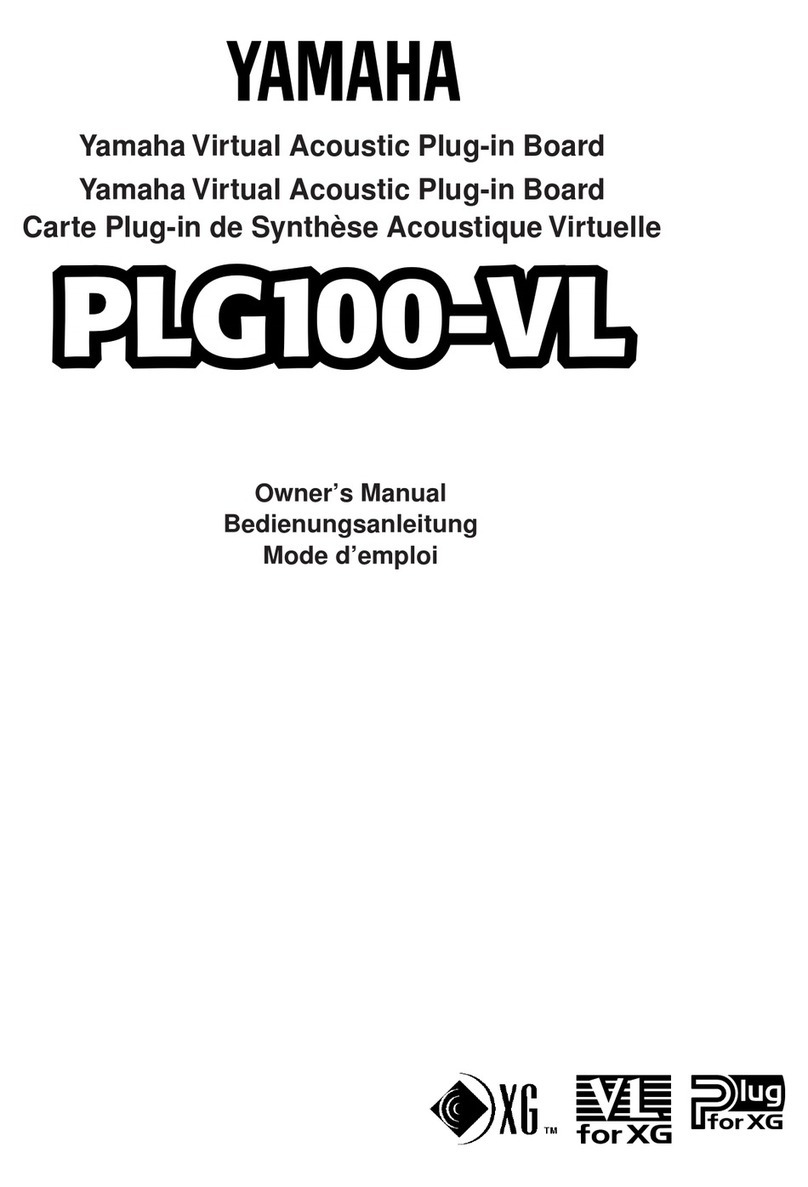
Yamaha
Yamaha PLG100-VL User manual
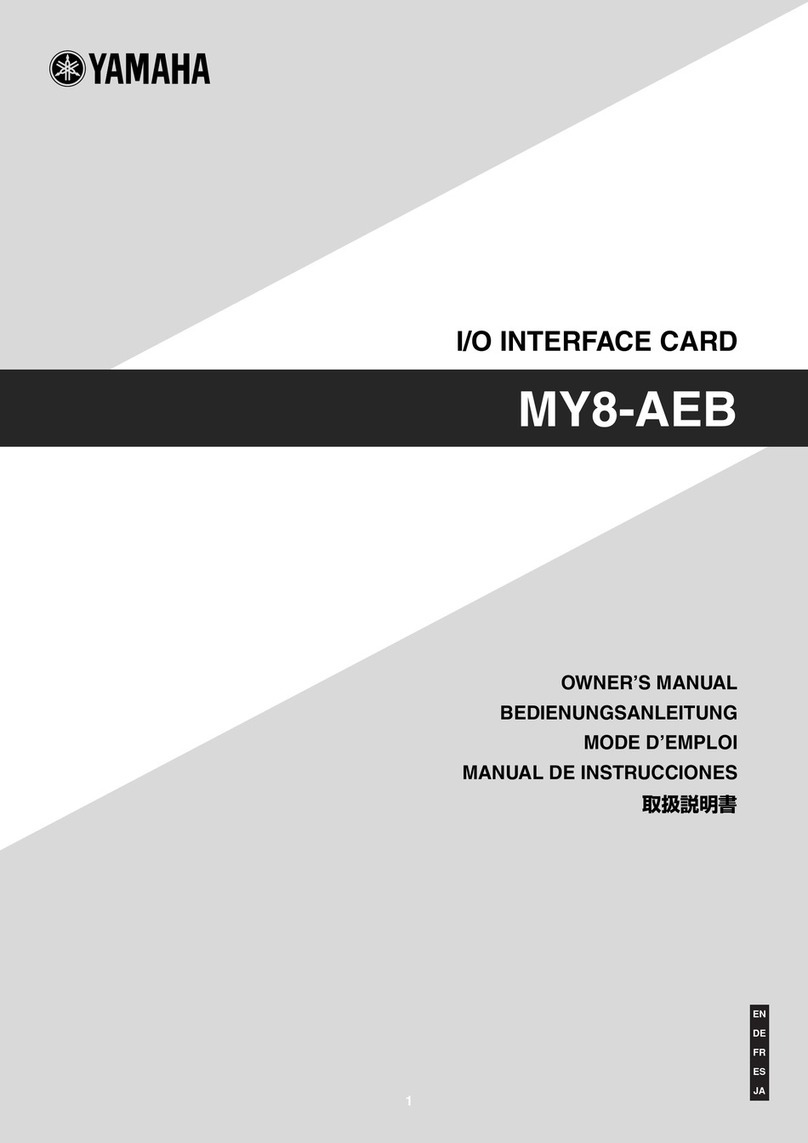
Yamaha
Yamaha MY8-AEB User manual
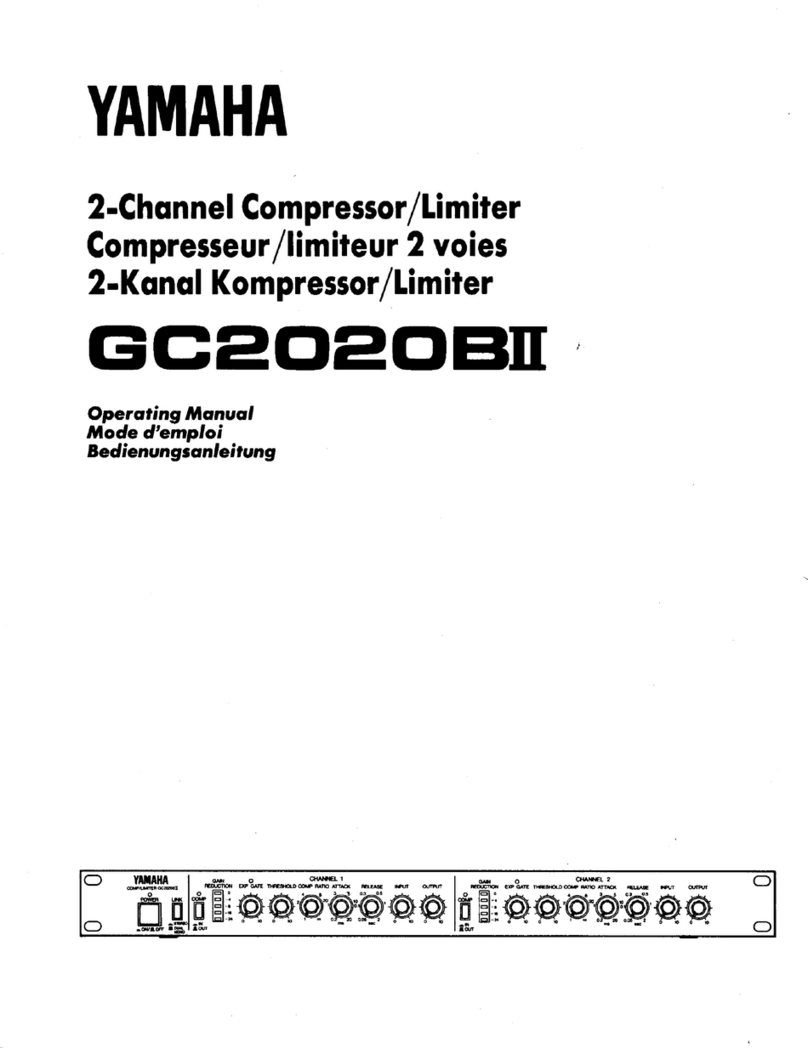
Yamaha
Yamaha GC2020BII User manual
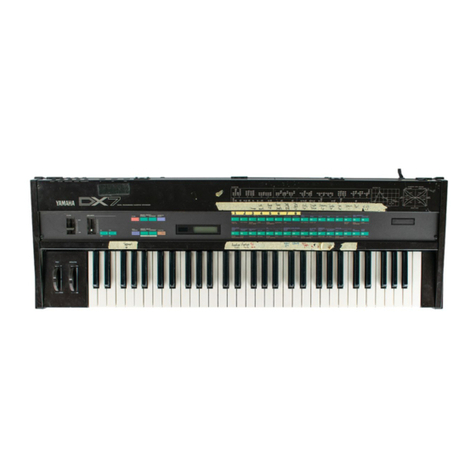
Yamaha
Yamaha DX7mega128 Manual
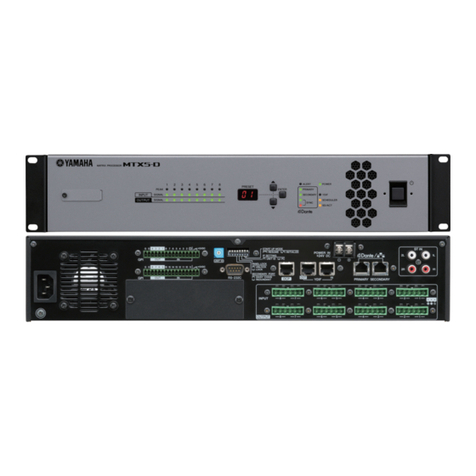
Yamaha
Yamaha MTX5-D User manual
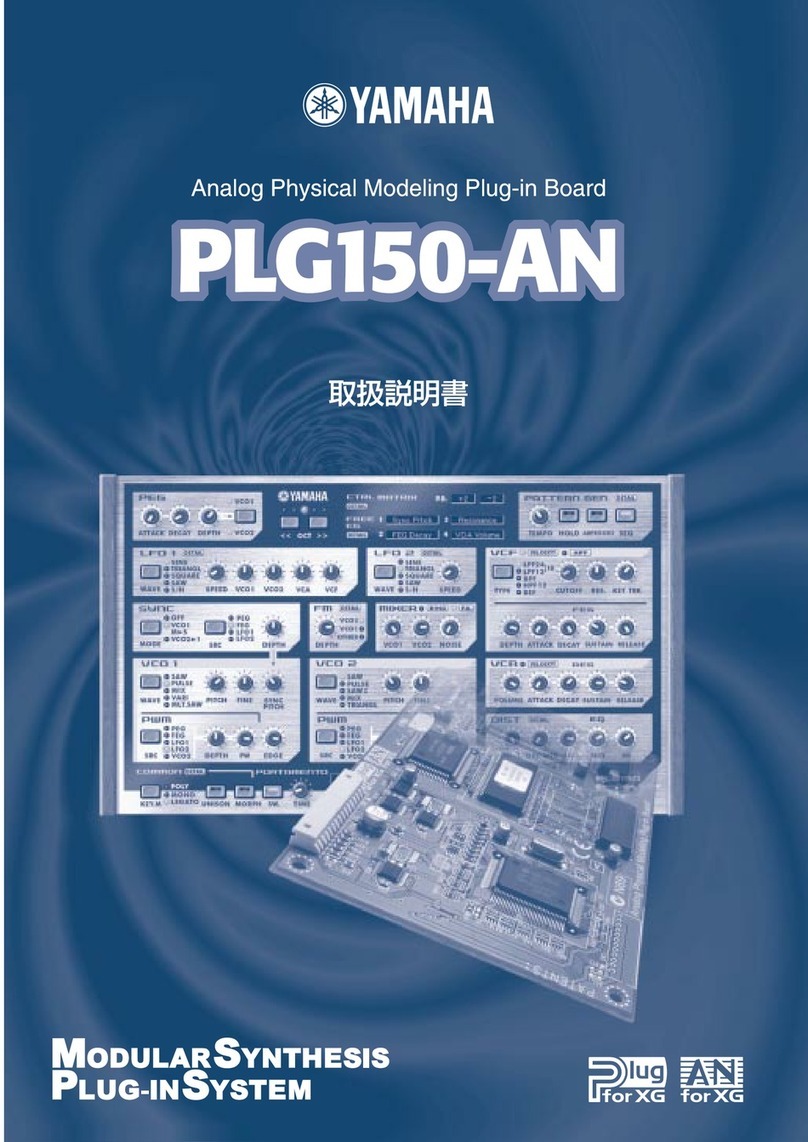
Yamaha
Yamaha PLG150-AN User manual
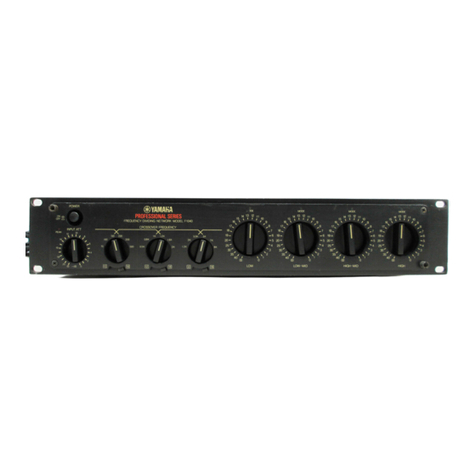
Yamaha
Yamaha F1040 User manual

Yamaha
Yamaha PLG100-VH User manual

Yamaha
Yamaha DB-SREV1 User manual
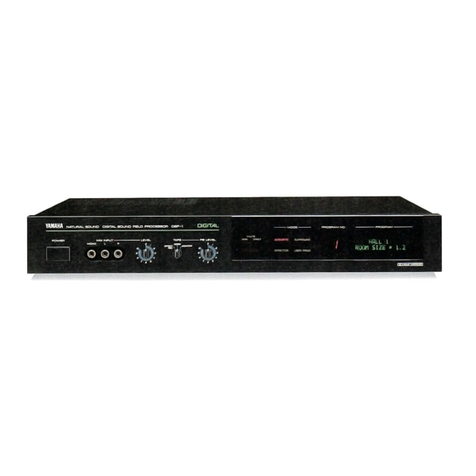
Yamaha
Yamaha DSP-1 User manual
Popular Computer Hardware manuals by other brands

Toshiba
Toshiba TOSVERT VF-MB1/S15 IPE002Z Function manual

Shenzhen
Shenzhen MEITRACK MVT380 user guide

TRENDnet
TRENDnet TEW-601PC - SUPER G MIMO WRLS PC CARD user guide

StarTech.com
StarTech.com CF2IDE18 instruction manual

Texas Instruments
Texas Instruments LMH0318 Programmer's guide

Gateway
Gateway 8510946 user guide

Sierra Wireless
Sierra Wireless Sierra Wireless AirCard 890 quick start guide

Leadtek
Leadtek Killer Xeno Pro Quick installation guide

Star Cooperation
Star Cooperation FlexTiny 3 Series Instructions for use

Hotone
Hotone Ampero user manual

Connect Tech
Connect Tech Xtreme/104-Express user manual

Yealink
Yealink WF50 user guide
